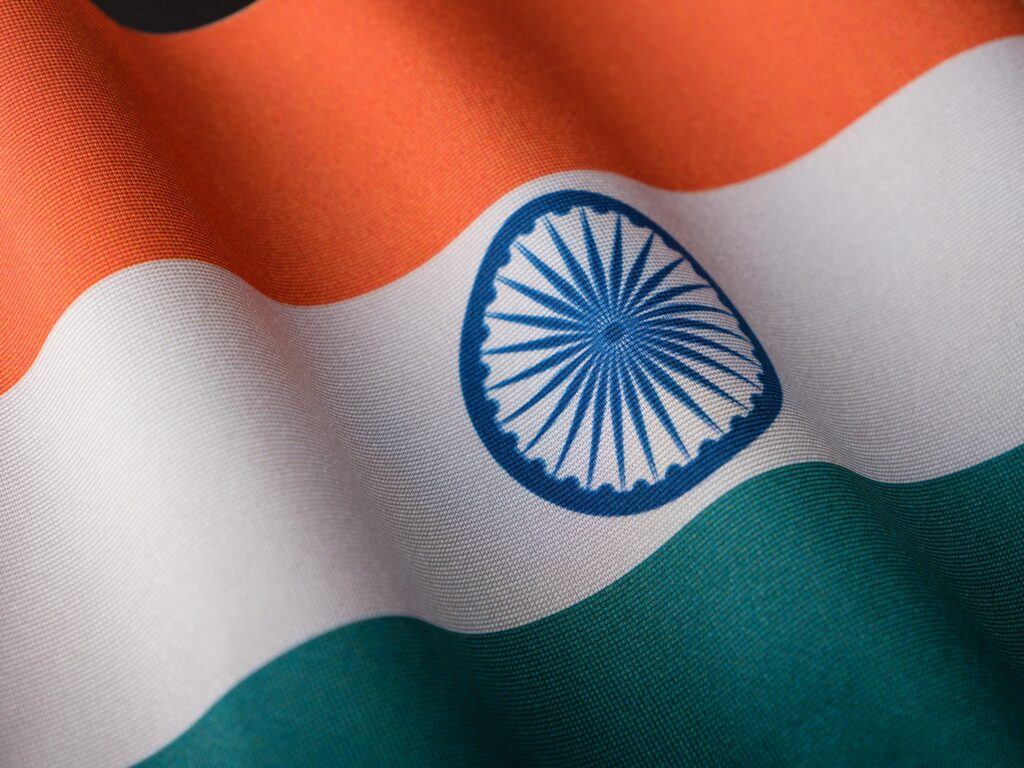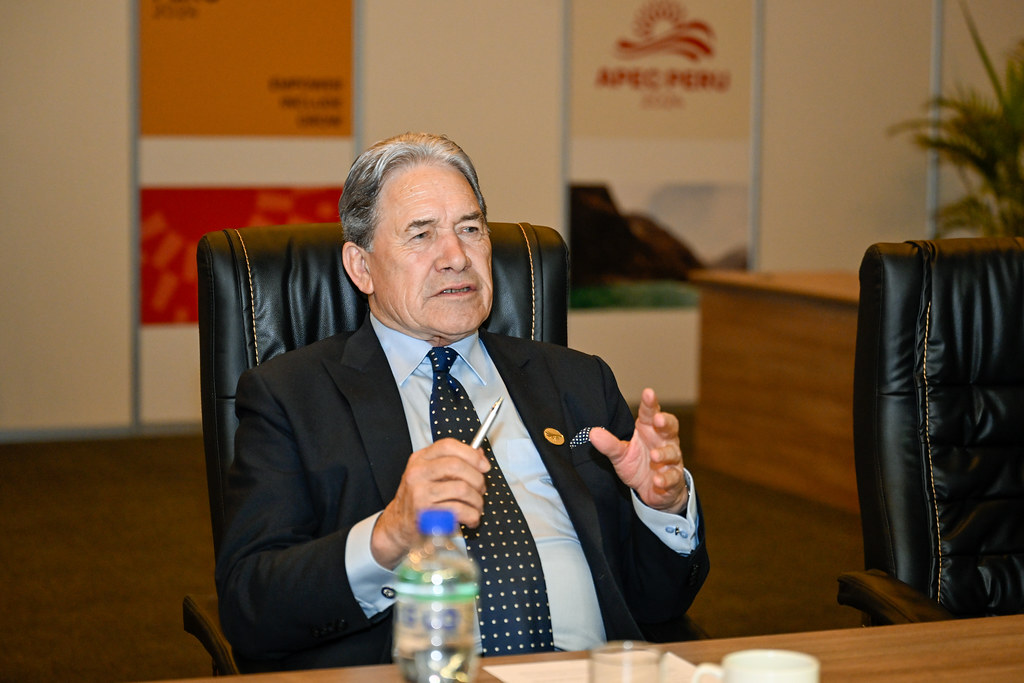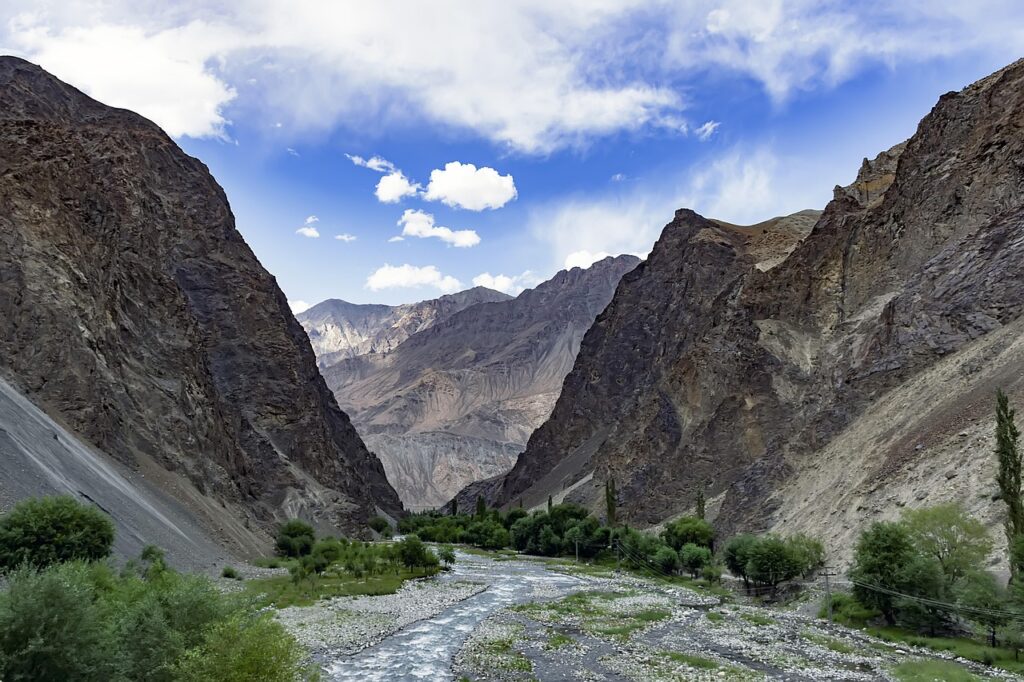In recent days, the Indian actress and politician Kangana Ranaut made headlines with a provocative post on social media, expressing her discontent with former U.S. President Donald Trump for allegedly failing to support India during its recent military conflict with Pakistan. The post, which featured Ranaut in a dramatic pose reminiscent of a legendary warrior, suggested a rivalry between Trump and India’s Prime Minister Narendra Modi, whom she described as an unparalleled embodiment of masculinity. However, the post was later removed at the request of her political party, the Bharatiya Janata Party (BJP).
This incident highlights the intricate web of political and cultural dynamics surrounding Hindu nationalism in India, particularly among the burgeoning middle class. Ranaut’s admiration for ‘alpha males’ and her portrayal of Modi as a dominant leader reflects a broader narrative that has its roots in the early 20th century, when the ideology of Hindutva began to take shape, aiming to position Hinduism as the preeminent cultural and religious identity in India.
The BJP, established in 1980 and emerging from earlier Hindu nationalist movements, has gained considerable traction since the late 1980s. Its rise coincided with India’s economic liberalization, which significantly transformed the landscape of the middle class. The party’s appeal lies in its challenge to the established political norms of the Indian National Congress (INC), which historically promoted a secular and pluralistic vision for the country. The BJP, in contrast, has sought to reinterpret Hindu mythology and culture in a way that resonates with a sense of muscular nationalism.
As the Indian middle class began to prosper, the BJP’s narrative found fertile ground. The party’s aggressive stance against perceived threats to Hindu identity, particularly from minority groups, has fostered a climate where discussions about masculinity and national pride have become prevalent. This has led to a cultural shift where expressions of hyper-masculinity are celebrated, viewed as a means of restoring dignity and strength to Hindu society, which some believe has been undermined by historical grievances.
This transformation, however, has not been without its complications. The recent conflict with Pakistan has raised questions about the sustainability of this brand of nationalism, particularly as military setbacks have exposed vulnerabilities within the very identity it seeks to promote. The image of a strong, invulnerable nation has begun to erode, leading to an identity crisis among segments of the middle class that once embraced this narrative.
As these tensions unfold, the discourse surrounding gender roles in this context becomes increasingly critical. Scholars have noted that the promotion of a masculinized nationalism often sidelines women’s contributions and roles, relegating them to traditional archetypes that reinforce male dominance.
In conclusion, the recent expressions of frustration and identity struggles in India reflect a broader reckoning with the implications of a nationalism that has become synonymous with hyper-masculinity. As India navigates its complex socio-political landscape, understanding these dynamics will be essential for fostering a more inclusive and nuanced national identity.



